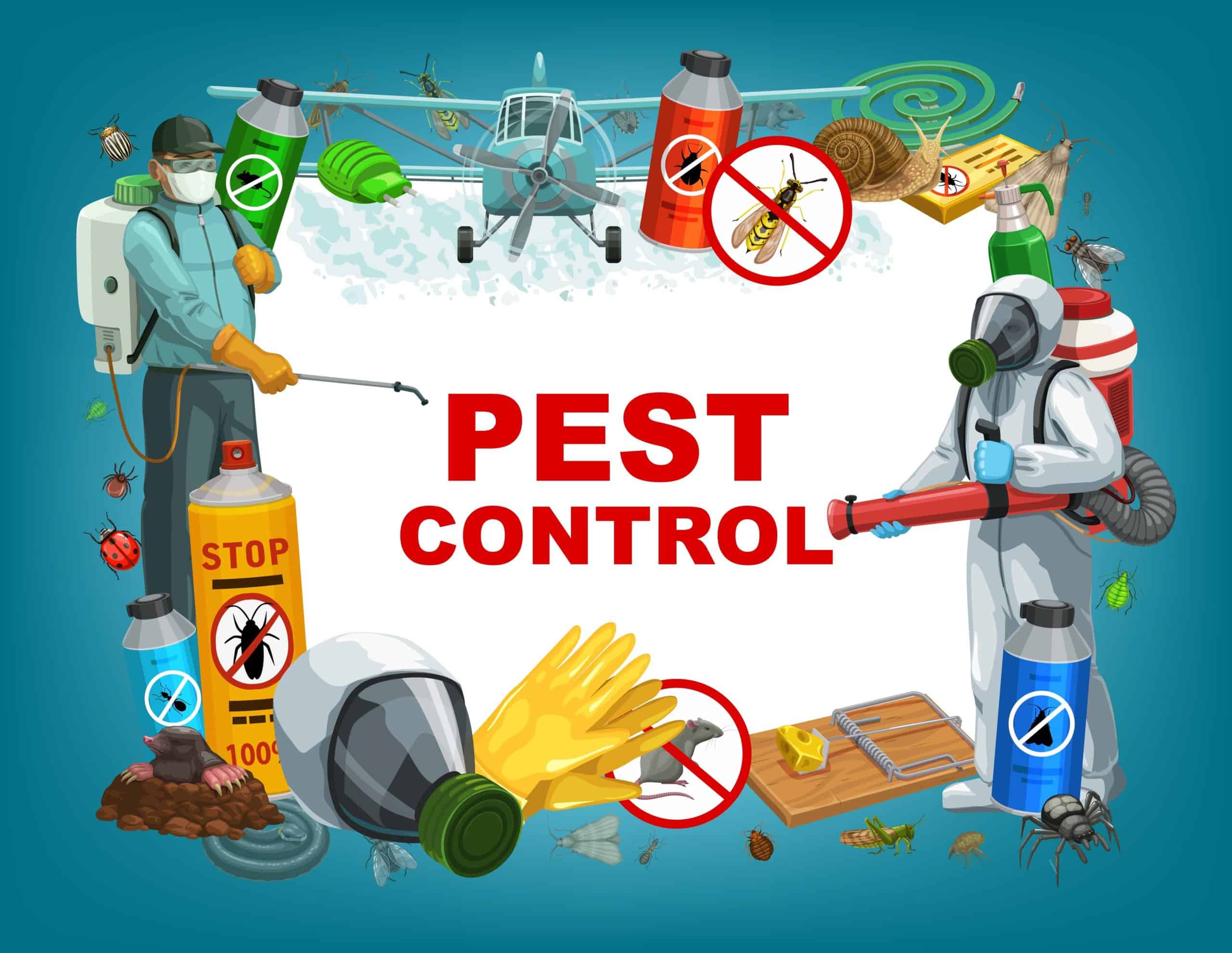A1 Bed Bug Exterminator Charlotte - Efficient and Inexpensive Services
A1 Bed Bug Exterminator Charlotte - Efficient and Inexpensive Services
Blog Article
Bed Bug Therapy Failure: Contrasting Chemical Vs. Non-Chemical Solutions
In the realm of insect control, specifically when dealing with the persistent concern of bed insects, the choice in between chemical and non-chemical therapy solutions can be a critical one. Both strategies offer distinct benefits and downsides, affecting factors such as performance, safety and security factors to consider, and overall price. By taking a look at the nuanced information of each approach, a more clear understanding of which path to go after in attending to a bed bug invasion can be attained.
Efficiency of Chemical Therapies
Chemical therapies for bed pest problems have been extensively acknowledged for their powerful and quick efficiency in eliminating these parasites. When considering the effectiveness of chemical treatments, it is critical to recognize that they can give a quick and detailed option to a bed insect problem.
Additionally, chemical treatments have the advantage of offering residual effects, implying that they can continue to get rid of bed pests even after the initial application. This recurring action is especially useful in combating any prospective re-infestations. Additionally, the rapid activity of chemical therapies can bring alleviation to individuals dealing with serious bed pest problems, permitting them to regain control of their living areas swiftly.
Security Worry About Chemical Solutions
One crucial facet that calls for cautious factor to consider when using chemical options for bed pest treatment is making certain the security of residents and the setting. While chemical therapies can be reliable in eliminating bed insects, they may posture dangers if not managed properly. One of the key security concerns with chemical solutions is the prospective damage they can cause to human health. Exposure to specific chemicals used in bed bug treatments can lead to respiratory system concerns, skin irritability, or other unfavorable reactions, especially in individuals with pre-existing problems or level of sensitivities. In addition, improper application or dose of chemical pesticides can lead to harmful deposits lingering in the treated location, posturing lasting health threats to owners.
Moreover, the ecological effect of chemical options is another considerable consideration. Some pesticides used in bed pest therapies might be hazardous to helpful insects, wildlife, and communities if they seep into the soil or water supply. It is important to use chemical therapies sensibly, adhering to security standards, and considering much less toxic choices to minimize these threats and ensure the secure and efficient monitoring of bed pest infestations.
Advantages of Non-Chemical Techniques
Considering the possible security problems and ecological impact related to chemical remedies for bed pest treatment, discovering non-chemical techniques offers an appealing alternative with numerous distinctive benefits. Non-chemical approaches use a much safer choice for households, specifically those with individuals, pets, or youngsters explanation conscious severe chemicals. These strategies eliminate the dangers of direct exposure to toxic compounds, decreasing the potential for adverse health impacts. In addition, non-chemical treatments are eco-friendly, as they do not add to air or water pollution, making them a lasting option for pest control.
Furthermore, non-chemical services can be see here efficient in targeting bed bugs, consisting of hard-to-reach areas where chemical treatments may not permeate - A1 charlotte pest control companies. Techniques such as heat therapy, vacuuming, steam cleaning, and mattress encasements offer thorough elimination without the use of hazardous chemicals.
Limitations of Non-Chemical Treatments

Additionally, non-chemical treatments often require numerous applications to achieve successful removal. This can be taxing and might not constantly assure total removal of all bed pests and their eggs, particularly in hard-to-reach or surprise locations.
Additionally, the success of non-chemical treatments greatly relies on proper application and thoroughness, which can be challenging for individuals without expert competence. Poor application of non-chemical approaches might cause insufficient removal, bring about relentless invasions and the requirement for additional treatments.
As a result, while non-chemical treatments have their advantages, it is important to recognize these constraints and consider them when determining one do pest control of the most reliable strategy for taking care of bed bug invasions.
Expense Comparison: Chemical Vs. Non-Chemical Options
Given the restrictions connected with non-chemical treatments, a crucial element to review in the context of bed bug administration is the expense contrast between chemical and non-chemical options. In contrast, non-chemical therapies like warmth treatment or heavy steam can be extra expensive, with expenses ranging from $1,000 to $6,000 for an entire home. While the preliminary price of chemical therapies may seem lower, several therapies might be required to fully eradicate the invasion, possibly raising the total cost.
Conclusion

Thinking about the potential safety issues and ecological influence associated with chemical solutions for bed insect therapy, checking out non-chemical strategies presents a promising option with a number of distinct advantages.Offered the limitations associated with non-chemical treatments, a crucial element to evaluate in the context of bed bug management is the cost comparison between chemical and non-chemical alternatives. In contrast, non-chemical treatments like heat therapy or vapor can be more pricey, with prices varying from $1,000 to $6,000 for a whole home. While the first expense of chemical treatments might appear reduced, numerous therapies may be needed to totally remove the problem, possibly enhancing the general cost.In final thought, when comparing chemical and non-chemical bed bug therapy options, it is vital to consider effectiveness, safety, advantages, limitations, and cost.
Report this page